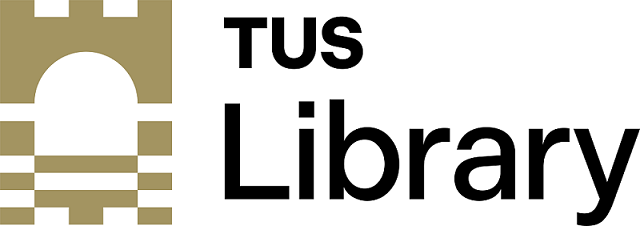 |
| Image by Abhilash Jacob from Pixabay |
As our nation looks with hope toward controlling the coronavirus 2019 disease (COVID-19) pandemic, researchers are forging ahead with efforts to develop and implement strategies to prevent future outbreaks. It sounds straightforward. However, several new studies indicate that containing SARS-CoV-2—the novel coronavirus that causes COVID-19—will involve many complex challenges, not the least of which is figuring out ways to use testing technologies to our best advantage in the battle against this stealthy foe.
The first thing that testing may help us do is to identify those SARS-CoV-2-infected individuals who have no symptoms, but who are still capable of transmitting the virus. These individuals, along with their close contacts, will need to be quarantined rapidly to protect others. These kinds of tests detect viral material and generally analyze cells collected via nasal or throat swabs.
The second way we can use testing is to identify individuals who’ve already been infected with SARS-CoV-2, but who didn’t get seriously ill and can no longer transmit the virus to others. These individuals may now be protected against future infections, and, consequently, may be in a good position to care for people with COVID-19 or who are vulnerable to the infection. Such tests use blood samples to detect antibodies, which are blood proteins that our immune systems produce to attack viruses and other foreign invaders.


No comments:
Post a Comment